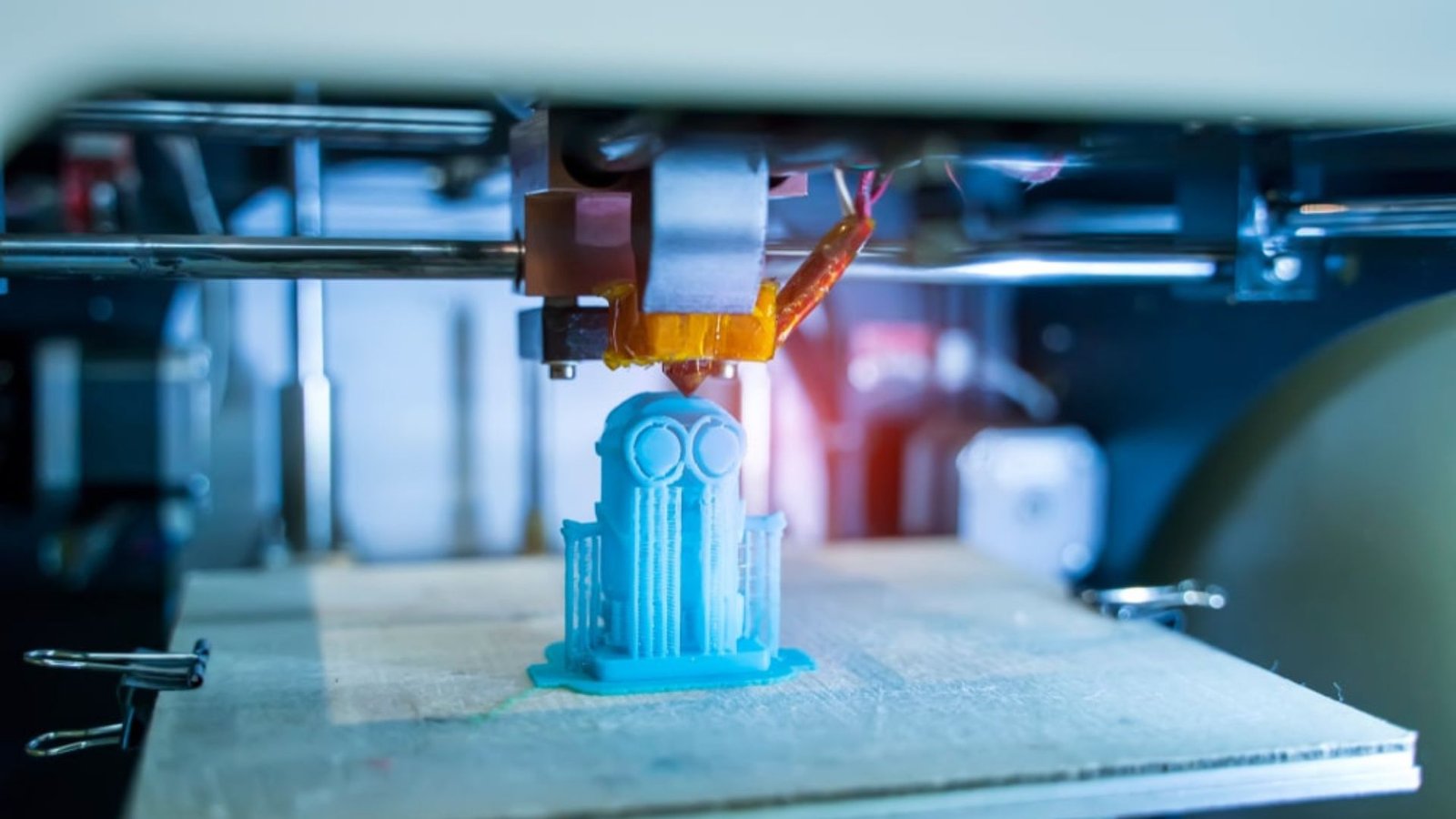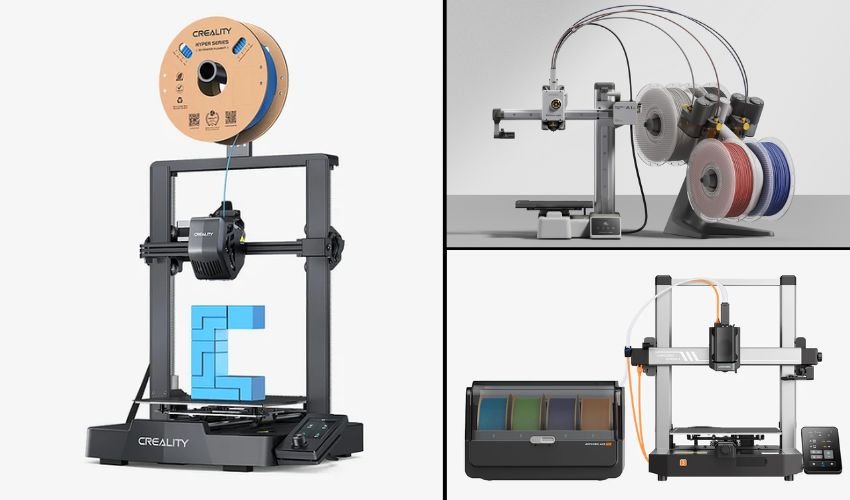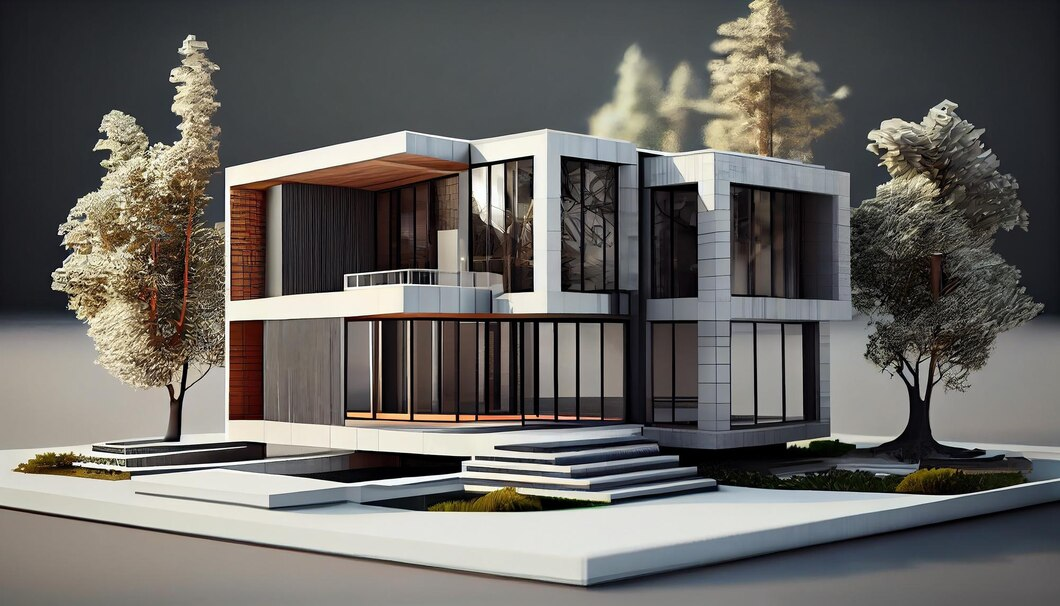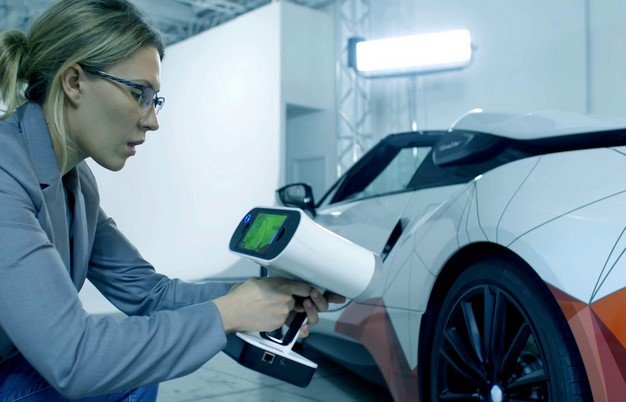The fusion of 3D technology and virtual reality (VR) is revolutionizing the way we interact with digital environments. By incorporating 3D elements, VR experiences become more immersive, lifelike, and engaging. This synergy is transforming various sectors, from gaming and entertainment to education, healthcare, and design. In this article, we’ll explore how 3D technology enhances VR, making virtual worlds more interactive and realistic.
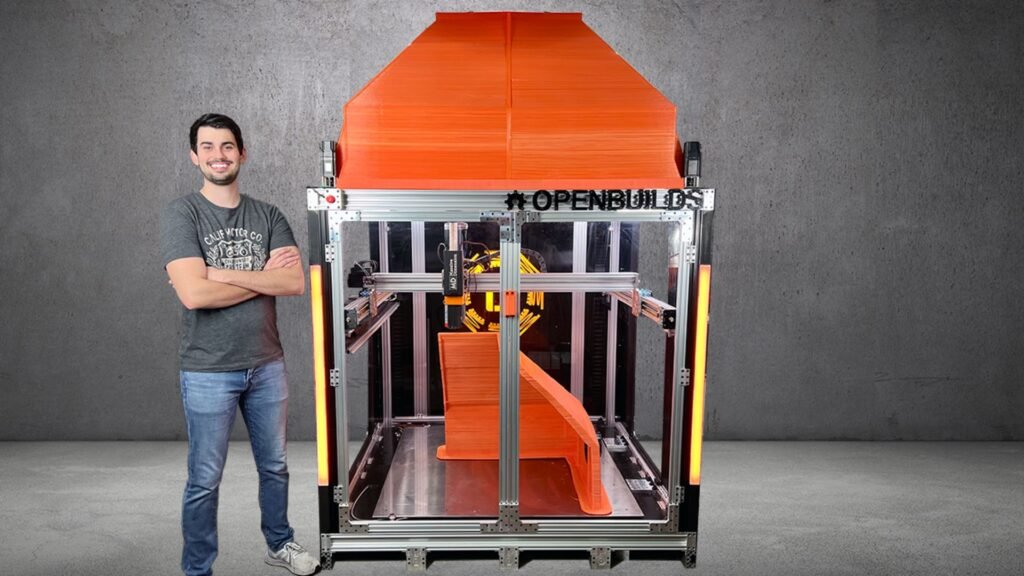
Creating Immersive Virtual Worlds
One of the primary ways 3D technology enhances VR is by building immersive environments that feel real and responsive. In traditional 2D systems, digital objects appear flat and lack depth, making the experience feel distant. However, with 3D modeling, virtual environments can be made to resemble the real world, creating a sense of presence for users.
How It Works:
- Realistic 3D Models: 3D technology allows for the creation of highly detailed models, whether it’s landscapes, buildings, or objects. These models are essential for building an environment that feels alive and tangible in VR.
- Depth and Perspective: The ability to perceive depth through 3D geometry enhances how users view and interact with the virtual space. Users can walk around and interact with objects, experiencing them in three dimensions, which mimics the way we perceive the real world.
- Real-Time Rendering: 3D technology supports the real-time rendering of environments, allowing users to experience fluid, dynamic worlds where everything from lighting to shadows changes in response to their movements.
These advancements create more compelling VR experiences, whether users are exploring a new city, attending a virtual concert, or participating in a video game.
Improving Interaction and User Engagement
The introduction of 3D technology to VR allows users to interact with virtual environments in ways that were not possible before. By tracking user movements and translating them into the virtual world, 3D technology brings a higher level of interactivity, allowing for deeper engagement with digital content.
How It Works:
- Motion Tracking: 3D VR systems use motion-tracking sensors, such as hand controllers or body trackers, to detect and map the user’s movements into the virtual space. This lets users manipulate objects, navigate spaces, and control their avatars with precision.
- Natural Interaction: With 3D modeling, users can manipulate objects with intuitive gestures like grabbing, pointing, or pushing. In VR games or simulations, this enables more natural interactions with the environment, leading to better user immersion.
- Haptic Feedback: 3D technology often works in tandem with haptic feedback systems to simulate physical sensations. For instance, when a user picks up a 3D object in VR, they may feel vibrations that mimic the weight and texture of the object, enhancing the realism of the interaction.
These interactive elements make VR experiences more engaging and lifelike, whether you’re trying to solve a puzzle, assemble furniture, or take part in a high-stakes adventure.
Enhancing Realism with 3D Audio
In addition to 3D visuals, 3D audio plays a critical role in enhancing virtual reality. 3D sound allows users to experience spatial awareness by simulating how sound behaves in the real world. This creates an added layer of immersion, making VR environments feel more natural.
How It Works:
- Spatial Sound: By simulating the direction and distance of sounds, 3D audio allows users to experience sounds coming from specific points in the virtual environment. For example, footsteps behind you or a bird flying overhead can be heard distinctly from the correct direction, which adds depth to the experience.
- Environmental Audio: 3D technology enables complex environmental sounds like wind, rainfall, or crowd noise to be rendered realistically. This helps to ground users in the virtual environment and provides contextual auditory cues to guide interactions.
- Interactive Audio: In many VR applications, audio cues can trigger specific actions. For example, a sound might signal when an object is within reach or when a user is approaching a specific location. This interactive element helps users stay immersed and aware of their surroundings.
3D audio ensures that VR isn’t just about what you see but also about how you experience the sound around you, making the virtual world feel truly alive.
Conclusion
3D technology plays a pivotal role in enhancing the capabilities of virtual reality, making it more immersive, realistic, and interactive. Whether in gaming, education, healthcare, or industrial applications, the integration of 3D elements transforms VR from a simple digital experience into a fully immersive world. As both technologies continue to evolve, we can expect even more astonishing innovations that push the boundaries of human interaction with digital environments. The future of VR, powered by 3D technology, is limitless and incredibly exciting.

